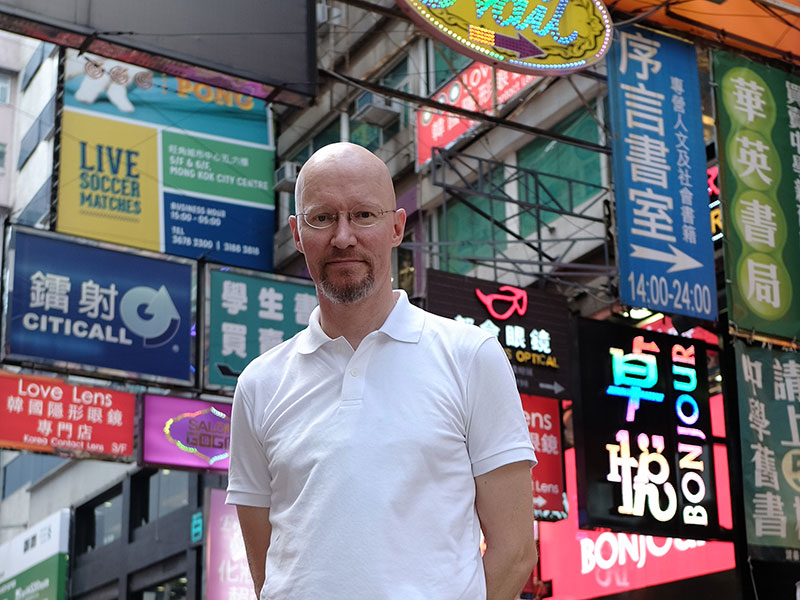Legacy, design and free riding

I moved to Hong Kong permanently in Summer 2014.
My previous home in Helsinki had about 1500 sqft. It had three floors; upstairs was my study; ground was my living space; and the cellar was my bedroom and housekeeping.
Currently, I have about 700 sqft. I have things I didn’t in Helsinki, like sofa and dinner table. Yet, I don’t feel out of space.
Why so?
I guess the reason is the Hong Kong market. I am not the only person in Hong Kong struggling with space. There are lots of solutions to small spaces. Better still, there are lots of solutions that make space. These include things like containers in forms that stack up, trays for small goods, and many, many others. Everything stacks, and everything fits to homes of standard size.
The point is that space has been a long-time concern in Hong Kong. This town has evolved around thinking about space and finding ways to deal with it.
Now, this is not the only similar case I’ve been thinking about recently. Ever been in Tokyo? The sheer size aside (I never thought New York would feel small before I went to Tokyo), I have always been struck about how quiet it is. Almost 40 million people in one town, and you feel relaxed. Why? It is silent. Cars are not noisy. Trains are not noisy. Air conditioning is quiet. Everything is not, repeat not, noisy.
This is a result of a similar long-term development in which one un-noisy design gains following and creates demand for even less noisy things. After 50 years of design, the result is a pleasant ambient environment in which you can hear your own thoughts.
(On this account, unfortunately, Hong Kong is the opposite. The way to rise above its amazing noisiness is to be even noisier. The result is, eh, a town where adrenalin runs high all the time).
This is not the only culture I’ve been thinking about lately. Scandinavia is a strange place in many ways, and one of its curiosities is its good ergonomics. In Hong Kong, I always struggle with my back even though I never had problems in Scandinavia.
Why so?
Again, the reason goes back to the fifties at least. Designers like Yrjo Kukkapuro took ergonomics seriously back then, and wanted to create chairs, seats and other furniture that works for the population. After 60 years, you have a pleasant, well-designed environment, which is in the very bloodstream of people up there.
When I was buying a chair for the office three years ago in Chatham Road, I was being sold an American chair with the argument “it is so adjustable that it fits to 95% of the population.” To me, this was the point in which I cut the conversation: I’d never find the right settings, and over time they would loosen anyway, which I’d know in my back.
Instead, I ordered a Scandinavian office chair from Shanghai, and was happy.
This is the legacy aspect of design. What about “free riding” in the title of this story?
Simple. Recently, I have come to think about design as free-riding. The point is that a few designers in Scandinavia – like Kukkapuro – were bearing the brunt early on with ergonomics. They struggled through it. Someone in Japan was the first to say machines and engines do not have to be noisy. Someone in Hong Kong started to design for small spaces.
They created the first bits of pleasant environment, not gaining much. Others who followed and copied found it quite a bit easier. They could copy and do better (many worse).
Before going to Hayek, I rest my case and stop here. He may have to wait for another time.